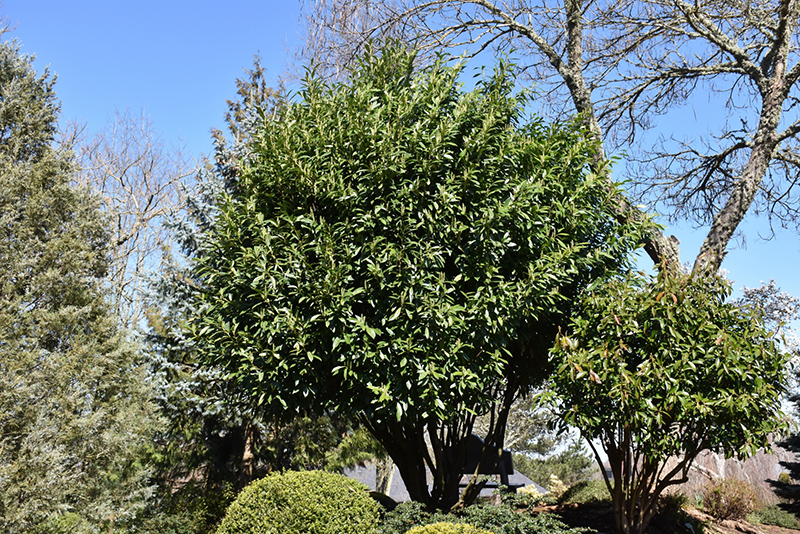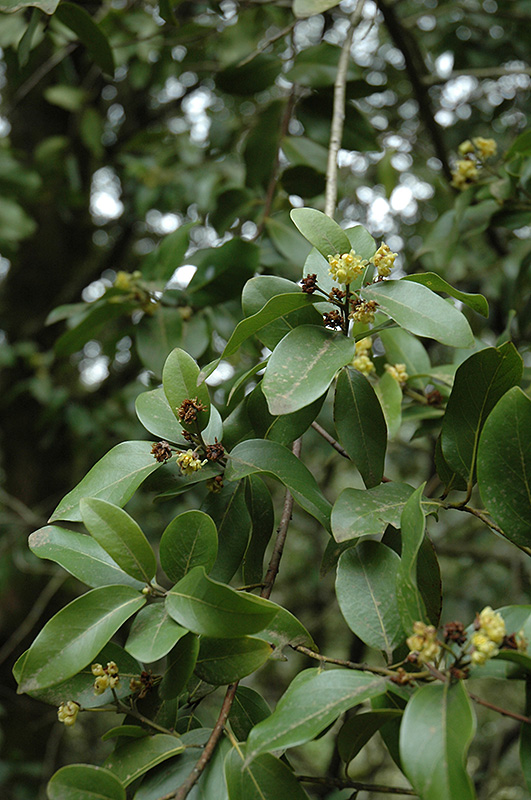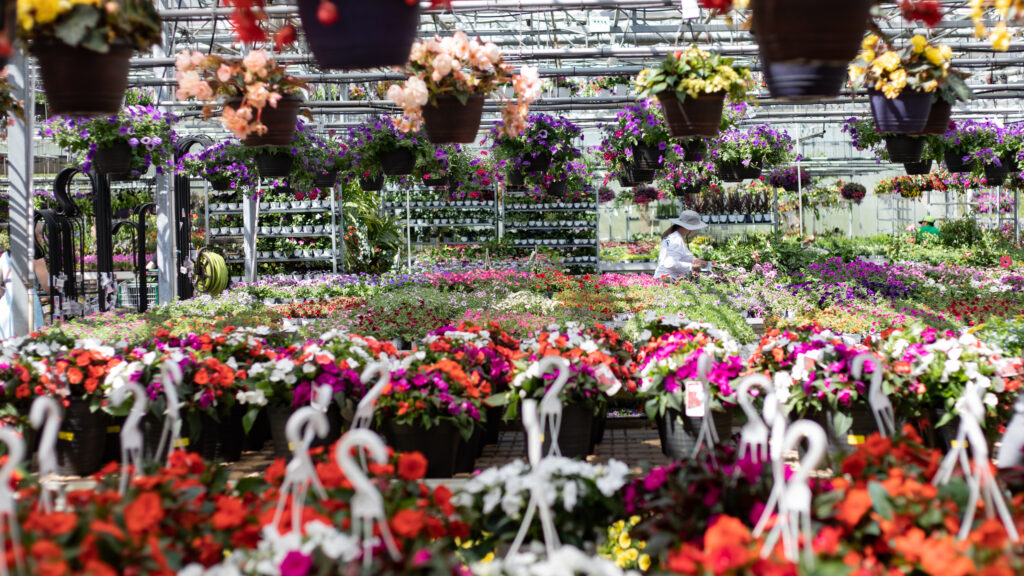Plant Finder
California Bay Laurel*
Umbellularia californica
* This is a "special order" plant - contact store for details
Height: 90 feet
Spread: 80 feet
Sunlight:
![]()
Hardiness Zone: 7
Other Names: Oregon Myrtle, Pepperwood, Spicebush, Peppernut
Description:
A native costal species that can be found in tree or shrub form, depending on dryness of location; leaves are highly aromatic when crushed; eventually will become a stately shade tree
Ornamental Features
California Bay Laurel is primarily valued in the landscape for its ornamental upright and spreading habit of growth. It features subtle clusters of buttery yellow flowers at the ends of the branches in mid spring. It has attractive dark green foliage with olive green undersides. The fragrant narrow leaves are highly ornamental and remain dark green throughout the winter. The rough brick red bark adds an interesting dimension to the landscape.
Landscape Attributes
California Bay Laurel is an evergreen tree with an upright spreading habit of growth. Its average texture blends into the landscape, but can be balanced by one or two finer or coarser trees or shrubs for an effective composition.
This tree will require occasional maintenance and upkeep, and should only be pruned after flowering to avoid removing any of the current season's flowers. It has no significant negative characteristics.
California Bay Laurel is recommended for the following landscape applications;
- Accent
- Shade
Planting & Growing
California Bay Laurel will grow to be about 90 feet tall at maturity, with a spread of 80 feet. It has a high canopy of foliage that sits well above the ground, and should not be planted underneath power lines. As it matures, the lower branches of this tree can be strategically removed to create a high enough canopy to support unobstructed human traffic underneath. It grows at a slow rate, and under ideal conditions can be expected to live to a ripe old age of 100 years or more; think of this as a heritage tree for future generations!
This tree should only be grown in full sunlight. It is very adaptable to both dry and moist locations, and should do just fine under average home landscape conditions. It is not particular as to soil type or pH. It is somewhat tolerant of urban pollution. This species is native to parts of North America.
* This is a "special order" plant - contact store for details















